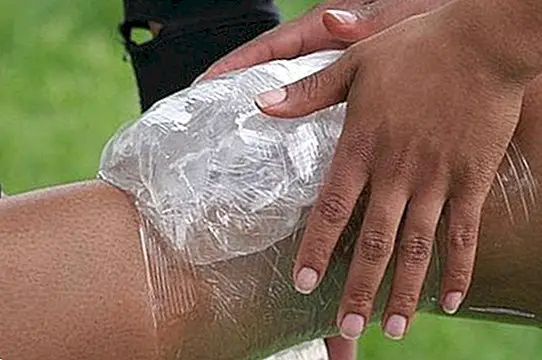Coquinas: benefits and properties
 The cocks they are bivalve molluscs also known by the name of tellina (Donax trunculus). It belongs to the Donacidae family, and is characterized by having a shell that can reach 4 centimeters in length, with an oval and crushed shape, with a whitish or brownish gray color and reddish-colored spots.
The cocks they are bivalve molluscs also known by the name of tellina (Donax trunculus). It belongs to the Donacidae family, and is characterized by having a shell that can reach 4 centimeters in length, with an oval and crushed shape, with a whitish or brownish gray color and reddish-colored spots.
Because of the texture of their meat, which is edible, they make coquina one of the most valued seafood; In fact, its price in fish markets where seafood is bought and fish is usually very high.
It is possible to find it especially in the North Atlantic (especially the Galician estuaries) and in Mediterranean areas, although it does not have a period of time that we could consider as better season, since it is possible to find it in the market all year.
Nutritional properties of the coquinas
The cocks are, like the clams, a type of seafood really valued for the texture of its meat, for its quality, for its taste and because they are simply delicious. In fact, from a culinary or culinary point of view, they are ideal when they are added to the seafood soup, pasta or when they are prepared in sauce.
From a nutritional point of view, we are practically with the same nutritional values as clams: they are low in fat and calories (100 grams of colanders provide only 1 gram of fat and only 82 kilocalories), while they are really rich in proteins of good quality, thus providing the majority of essential amino acids.
They are rich in vitamins, especially in vitamins of group B, highlighting vitamin B3 and B9 or folic acid; and also provide minerals, such as iron, potassium, selenium and calcium. Not in vain, in reference to iron, 100 grams of coquinas contribute the recommended daily amount in iron.
Benefits of the coquina
Thanks precisely to this high iron content, its consumption is recommended in those who suffer from anemia, especially in women who are during menstruation or in any person suffering from anemia.
Because of its low content of fat and calories the interesting coquinas in weight loss diets, and in all those diets low in fat and hypocaloric. Because of its protein content, it is interesting for athletes and for those people who are developing their muscles.

It also provides iodine, making it a useful food for people with hypothyroidism. However, those people who suffer from hyperthyroidism should avoid its use.
Images | juantiagues / El Rincón de Afi This article is published for informational purposes only. You can not and should not replace the consultation with a Nutritionist. We advise you to consult your trusted Nutritionist. ThemesFoods



